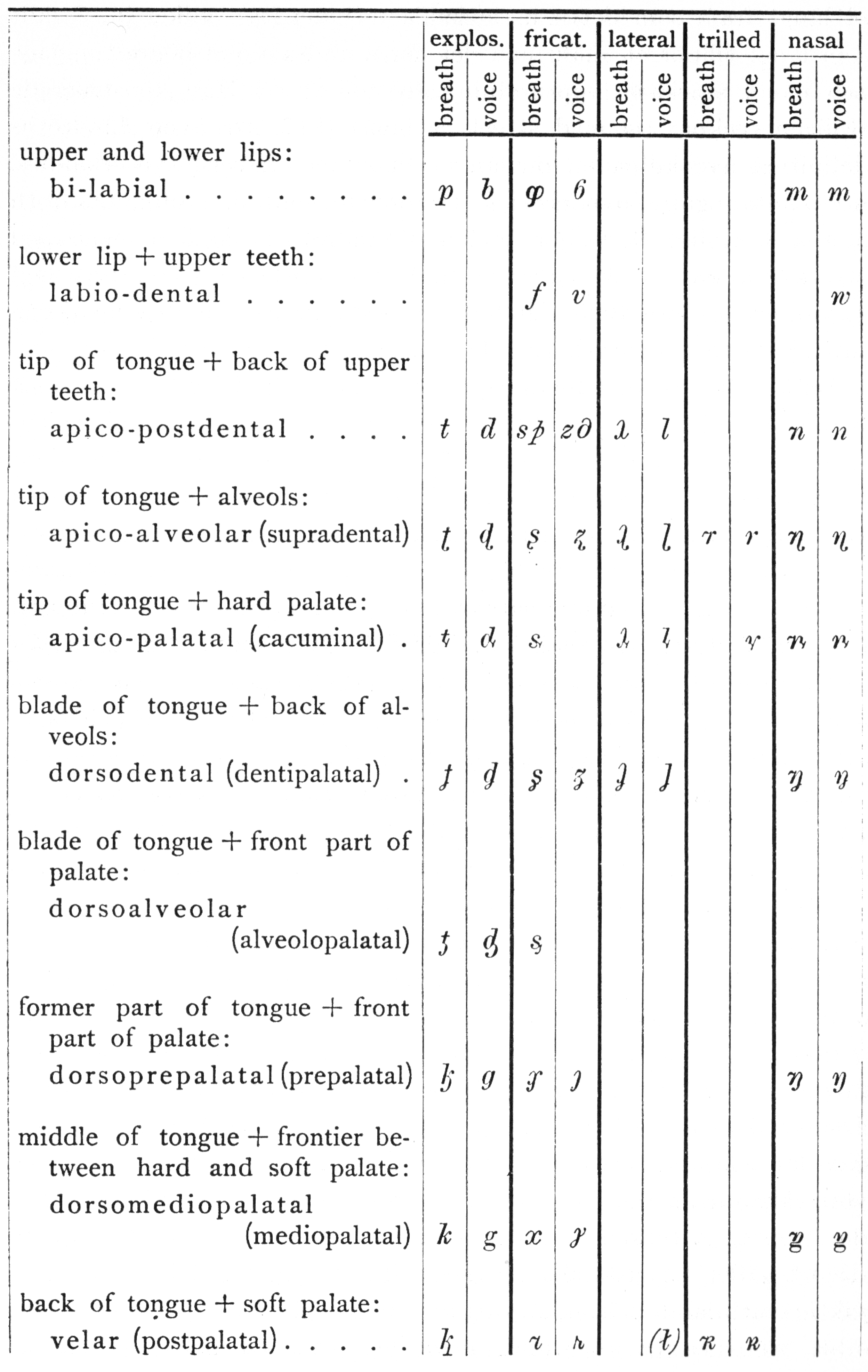Swedish Dialect Alphabet on:
[Wikipedia]
[Google]
[Amazon]

 The Swedish Dialect Alphabet ( sv, Landsmålsalfabetet) is a
The Swedish Dialect Alphabet ( sv, Landsmålsalfabetet) is a
Landsmålsalfabetet
(in Swedish) * "Landsmålsalfabetet", '' Nordisk familjebok'', volume 15 (1911
1044
Phonetic alphabets Swedish dialects {{writingsystem-stub

 The Swedish Dialect Alphabet ( sv, Landsmålsalfabetet) is a
The Swedish Dialect Alphabet ( sv, Landsmålsalfabetet) is a phonetic
Phonetics is a branch of linguistics that studies how humans produce and perceive sounds, or in the case of sign languages, the equivalent aspects of sign. Linguists who specialize in studying the physical properties of speech are phoneticians. ...
alphabet
An alphabet is a standardized set of basic written graphemes (called letters) that represent the phonemes of certain spoken languages. Not all writing systems represent language in this way; in a syllabary, each character represents a syllab ...
created in 1878 by Johan August Lundell and used for the narrow transcription
Phonetic transcription (also known as phonetic script or phonetic notation) is the visual representation of speech sounds (or '' phones'') by means of symbols. The most common type of phonetic transcription uses a phonetic alphabet, such as the ...
of Swedish dialects
Swedish dialects are the various forms of the Swedish language, particularly those that differ considerably from Standard Swedish.
Traditional dialects
The linguistic definition of a Swedish traditional dialect, in the literature merely called ' ...
. The initial version of the alphabet consisted of 89 letters, 42 of which came from the phonetic alphabet proposed by Carl Jakob Sundevall
Carl Jakob Sundevall (22 October 1801, Högestad – 2 February 1875) was a Swedish zoologist.
Sundevall studied at Lund University, where he became a Ph.D. in 1823. After traveling to East Asia, he studied medicine, graduating as Doctor of Me ...
. It has since grown to over 200 letters. The alphabet supplemented Latin letters with symbols adapted from a range of alphabets, including modified forms of þ and ð from Germanic alphabets, γ and φ from the Greek alphabet
The Greek alphabet has been used to write the Greek language since the late 9th or early 8th century BCE. It is derived from the earlier Phoenician alphabet, and was the earliest known alphabetic script to have distinct letters for vowels as w ...
and ы from the Cyrillic alphabet
, bg, кирилица , mk, кирилица , russian: кириллица , sr, ћирилица, uk, кирилиця
, fam1 = Egyptian hieroglyphs
, fam2 = Proto-Sinaitic
, fam3 = Phoenician
, fam4 = Gr ...
, and extended with systematic decorations. There are also a number of diacritic
A diacritic (also diacritical mark, diacritical point, diacritical sign, or accent) is a glyph added to a letter or to a basic glyph. The term derives from the Ancient Greek (, "distinguishing"), from (, "to distinguish"). The word ''diacriti ...
s representing prosodic
In linguistics, prosody () is concerned with elements of speech that are not individual phonetic segments (vowels and consonants) but are properties of syllables and larger units of speech, including linguistic functions such as intonation, st ...
features.
The alphabet has been used extensively for the description of Swedish dialects in both Sweden and Finland
Finland ( fi, Suomi ; sv, Finland ), officially the Republic of Finland (; ), is a Nordic country in Northern Europe. It shares land borders with Sweden to the northwest, Norway to the north, and Russia to the east, with the Gulf of B ...
. It was also the source of many of the symbols used by the Swedish sinologist Bernhard Karlgren
Klas Bernhard Johannes Karlgren (; 15 October 1889 – 20 October 1978) was a Swedish sinologist and linguist who pioneered the study of Chinese historical phonology using modern comparative methods. In the early 20th century, Karlgren conduct ...
in his reconstruction of Middle Chinese.
Three of the additional letters— ⱸ, ⱹ and ⱺ—were included in version 5.1.0 of Unicode
Unicode, formally The Unicode Standard,The formal version reference is is an information technology standard for the consistent encoding, representation, and handling of text expressed in most of the world's writing systems. The standard, wh ...
(U+2C78 to U+2C7A) for use in a dictionary of Swedish dialects spoken in Finland. A proposal to encode a further 106 characters was made in 2008. , this proposal is partially implemented, with some proposed allocations already in use by other characters.
See also
*International Phonetic Alphabet
The International Phonetic Alphabet (IPA) is an alphabetic system of phonetic notation based primarily on the Latin script. It was devised by the International Phonetic Association in the late 19th century as a standardized representation ...
* Dania transcription
Dania (Latin for ''Denmark'') is the traditional linguistic transcription system used in Denmark to describe the Danish language. It was invented by Danish linguist Otto Jespersen and published in 1890 in the ''Dania, Tidsskrift for folkemål ...
References
Further reading
* Manne Eriksson, ''Svensk ljudskrift 1878–1960 : En översikt över det svenska landsmålsalfabetets utveckling och användning huvudsakligen i tidskriften Svenska Landsmål'' (1961)External links
Landsmålsalfabetet
(in Swedish) * "Landsmålsalfabetet", '' Nordisk familjebok'', volume 15 (1911
1044
Phonetic alphabets Swedish dialects {{writingsystem-stub